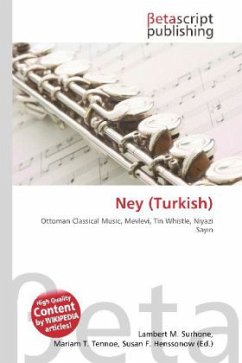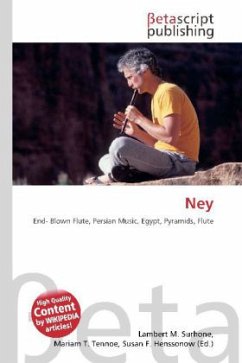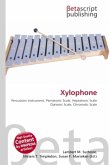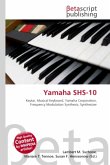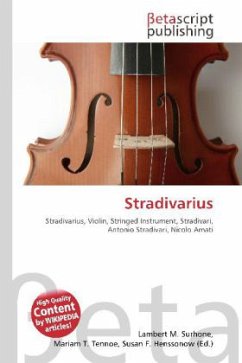Please note that the content of this book primarily consists of articles available from Wikipedia or other free sources online. The Turkish ney reed flute, together with the Turkish tanbur lute and Turkish kemençe fiddle are considered the most typical instruments of Classical Turkish music. The ney also plays a primary role in the music of the Mevlevi Sufi rites (semâ). A rim-blown, oblique flute made of reed, the Turkish ney has six finger-holes in front and a thumb-hole in back. Using cross-fingering, finger-hole shading, and embouchure adjustment, the journeyman player can produce any pitch over a two-and-a-half octave range or more. Nearly all Turkish neys have a mouthpiece made of water buffalo horn, or sometimes ivory, ebony, plastic, or similar durable material. Sizes range from the lowest, Davud (in E/mi, 95 cm long), to the highest, Bolahenk n sfiye (in d/re, 52.5 cm long).
Bitte wählen Sie Ihr Anliegen aus.
Rechnungen
Retourenschein anfordern
Bestellstatus
Storno

